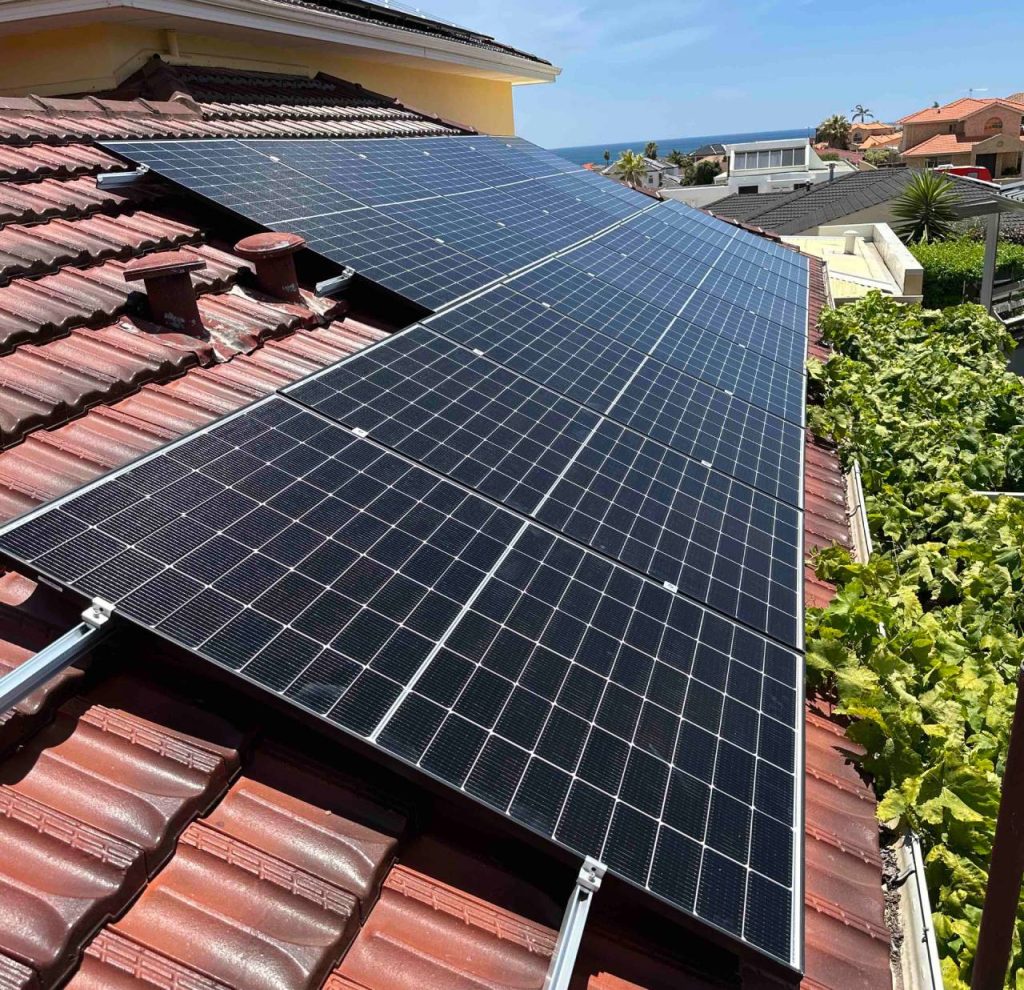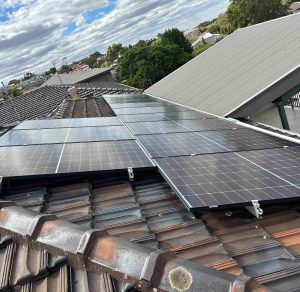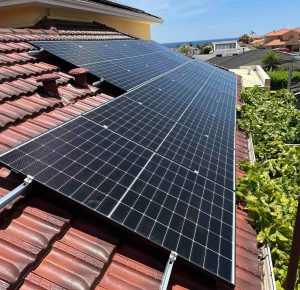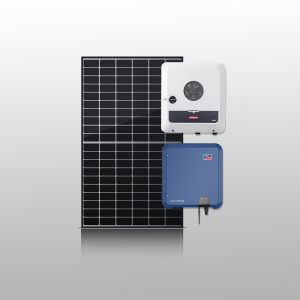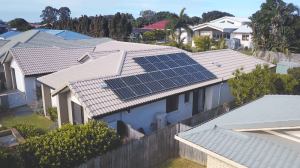In Australia, the shift towards renewable energy has been significantly driven by the widespread adoption of solar power in residential areas. Homeowners are increasingly turning to on-grid solar systems as a means to reduce electricity bills and contribute to environmental conservation. The choice of the solar system size is crucial in maximizing the benefits of solar energy. With various options available, understanding the ideal solar system size for residential purposes in Australia is essential for making an informed decision.
6.6 kW: The Most Commonly Installed Size in Residential Rooftop
Historically, the 6.6 kW solar system has been the standard choice for many Australian homes. This popularity stems from its suitability for the average electricity consumption of a residential household. The 6.6 kW size is a middle ground, offering sufficient energy output to meet the needs of most families while being cost-effective and space-efficient. The ability of a 6.6 kW system to adequately cater to daily energy requirements, coupled with its affordability, makes it a go-to option for many homeowners.
The Average Increased to 9kW in the Australian Residential Solar Market
Recent trends, however, indicate a shift towards larger solar system sizes in the Australian residential market. The average system size has increased to around 9 kW. This change reflects the growing confidence in solar technology and the desire for higher energy independence among homeowners. Larger systems like 9 kW offer increased energy output, enabling households to cover all their energy needs and potentially generate surplus energy that can be fed back into the grid. This trend towards larger systems is indicative of the evolving solar market and the changing preferences of Australian homeowners.
Limits for the Size of a Residential Solar System
While larger systems are becoming more popular, it’s important to understand that there are limits to the size of a residential solar system. These limits are often dictated by factors such as state regulations, network constraints, and the type of electrical connection (single-phase or three-phase) at the property. For instance, single-phase connections typically have a limit on the size of the solar system that can be installed, which is usually lower than for properties with three-phase connections. Understanding these limitations is crucial for homeowners to ensure compliance with regulations and to optimize their system’s performance.
Understanding Solar Panel Size, Wattage, and Rooftop Space
The size and wattage of solar panels are key factors that determine the overall size of a solar system. Panels with higher wattage, such as 370W, 440W, and 470W, produce more energy and may require fewer panels to achieve the desired system size. However, the available rooftop space is a limiting factor. The physical size of the panels and the roof area available for installation play a critical role in determining how large a solar system can be installed. Homeowners need to balance the panel wattage with the available space to find the most efficient and feasible solar solution for their homes.
Planning Your Solar Installation
When considering a solar installation, it’s important to assess your household’s energy needs, roof space, and local regulations. Consulting with a professional solar provider can help in tailoring a system that not only meets your energy requirements but also fits within the constraints of your property and local guidelines. An expert assessment will ensure that you choose the right size and type of solar system, maximizing the benefits of your investment in solar energy.
In conclusion, the ideal size of a residential solar system in Australia varies depending on several factors including energy needs, roof space, and regulatory limits. While the 6.6 kW system remains popular, the trend is shifting towards larger systems like 9 kW. Understanding the nuances of solar system sizes, panel wattage, and installation limits is crucial in making an informed decision. As the solar market continues to evolve, Australian homeowners are increasingly well-positioned to harness the sun’s power effectively and sustainably.

